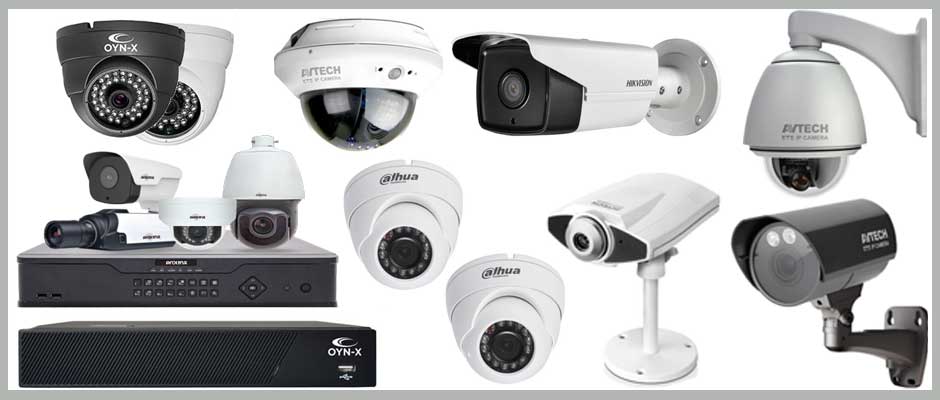AI CC Camera Solution
There are various types of CCTV cameras, each suited for different security needs and settings. Here’s a rundown of some of the most common types:
1. Dome Cameras
- Description: Named for their dome shape, these cameras are usually mounted on ceilings and are ideal for indoor use.
- Advantages: Discreet; difficult for intruders to see where the camera is pointed.
- Best For: Retail stores, offices, and residential use.
2. Bullet Cameras
- Description: These are cylindrical, long cameras that are typically used outdoors.
- Advantages: High visibility (which can deter crime); usually weatherproof.
- Best For: Outdoor areas, parking lots, and entrances.
3. C-Mount Cameras
- Description: These cameras have detachable lenses, allowing for various lenses based on the viewing distance.
- Advantages: Flexible for different monitoring needs; good for long-distance viewing.
- Best For: Industrial settings, large warehouses, and other locations with specific distance requirements.
4. PTZ (Pan-Tilt-Zoom) Cameras
- Description: These cameras can pan, tilt, and zoom in on subjects, often controlled remotely.
- Advantages: Covers a large area with fewer cameras; zoom feature enables close monitoring.
- Best For: Large public spaces, warehouses, and areas that require active monitoring.
5. Infrared (IR) / Night Vision Cameras
- Description: Equipped with infrared LEDs, these cameras can capture images in low-light or no-light situations.
- Advantages: Effective in darkness; ideal for night-time security.
- Best For: Outdoor monitoring, warehouses, and any poorly lit areas.
6. Network/IP Cameras
- Description: Digital cameras that transmit data over a network, allowing for remote monitoring.
- Advantages: High-resolution images; can be accessed from anywhere via the internet.
- Best For: Homes, businesses, and locations needing remote access.
7. Wireless Cameras
- Description: These cameras transmit video over Wi-Fi rather than physical cables.
- Advantages: Flexible placement; easy to install.
- Best For: Homes and locations where running cables is difficult.
8. High-Definition (HD) Cameras
- Description: These offer high-resolution video, generally from 720p to 4K.
- Advantages: Clear, detailed images; good for identifying people and objects.
- Best For: Areas requiring detailed footage, like banks, hospitals, and airports.
9. Thermal Cameras
- Description: These cameras use heat signatures to detect movement and objects.
- Advantages: Effective in complete darkness; can detect hidden objects.
- Best For: Security in darkness, smoke, and fog; military and industrial applications.
10. 360-Degree Cameras
- Description: Can capture a full 360-degree view of an area, often using multiple lenses.
- Advantages: Wide area coverage; reduces the number of cameras needed.
- Best For: Large open spaces, parking areas, and public places.
Each of these CCTV camera types serves different purposes, so selecting the right one depends on factors like coverage area, lighting conditions, and monitoring needs.

